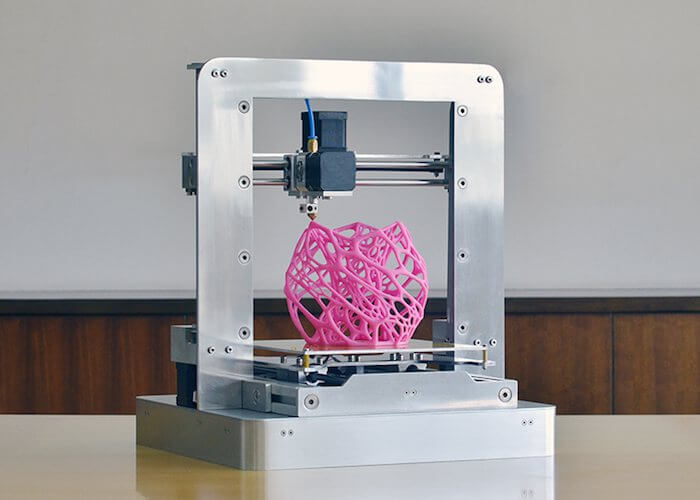Imagine a world where you can bring your ideas to life with a simple touch of a button. A world where manufacturing is no longer confined to traditional methods but embraces the power of innovation and limitless possibilities. Welcome to the realm of 3D printing, a technology that is reshaping industrial development as we know it.
In this blog post, we will explore the incredible role of 3D printing in driving innovation, transforming industries, and unlocking a new era of manufacturing. Join us on this journey as we dive into the fascinating world of 3D printing services and discover how it is revolutionising the industrial landscape.
1. The Rise of Additive Manufacturing: Exploring 3D Printing
At the heart of industrial development lies additive manufacturing, more commonly known as 3D printing. Unlike traditional subtractive manufacturing methods, which involve cutting, drilling, or moulding materials to create a final product, 3D printing takes a revolutionary approach. It builds objects layer by layer, using digital designs and a range of materials, from plastics to metals and even biological substances. This process allows for intricate designs, customisation, and rapid prototyping, making 3D printing a game-changer for industries across the board.
2. Transforming Manufacturing: From Prototypes to End Products
One of the key advantages of 3D printing is its ability to streamline the manufacturing process, from initial concept to final production. With traditional methods, creating prototypes and testing new designs can be time-consuming and costly.
However, 3D printing enables rapid prototyping, allowing manufacturers to iterate quickly, make design modifications on the fly, and accelerate the product development cycle. This level of agility and flexibility has revolutionised industries such as automotive, aerospace, healthcare, and consumer goods, empowering companies to bring innovative products to market faster than ever before.

3. Customisation and Personalisation: Tailoring Products to Perfection
Gone are the days of one-size-fits-all manufacturing. With 3D printing, customisation and personalisation have become the norm. This technology enables manufacturers to create highly tailored products that meet individual customer needs and preferences. Whether it’s custom-made orthopaedic implants, personalised fashion accessories, or bespoke automotive components, 3D printing allows for intricate designs and unique features that were once inconceivable. This level of customisation not only enhances customer satisfaction but also opens up new market opportunities for businesses willing to embrace the power of 3D printing.
4. Sustainable Manufacturing: Reducing Waste and Environmental Impact
In addition to its transformative capabilities, 3D printing also contributes to sustainable manufacturing practices. Unlike traditional methods that often generate significant waste through material removal, 3D printing is an additive process, meaning it only uses the exact amount of material needed to create the desired object. This reduces waste and minimises the environmental impact of manufacturing processes. Furthermore, 3D printing enables the use of recycled materials and bio-based polymers, further enhancing sustainability efforts. By embracing 3D printing, industries can take a significant step towards a greener and more sustainable future.
5. Pushing Boundaries: Exploring the Future of 3D Printing
The world of 3D printing is constantly evolving, pushing the boundaries of what is possible. As technology advances, we can expect even more exciting developments in the field. From the use of advanced materials, such as carbon fibre composites, to the integration of robotics and artificial intelligence, the future of 3D printing holds immense potential. This technology has the power to reshape industries, revolutionise supply chains, and unlock unprecedented levels of innovation. As businesses and manufacturers embrace the possibilities, the impact of 3D printing will continue to grow, shaping the industrial landscape for years to come.
Conclusion
The role of 3D printing in industrial development cannot be overstated. It has transformed manufacturing processes, enabled customisation and personalisation, contributed to sustainability efforts, and opened up new frontiers of innovation. So, join the 3D printing revolution and witness firsthand how it propels industries towards a future of innovation and success.

